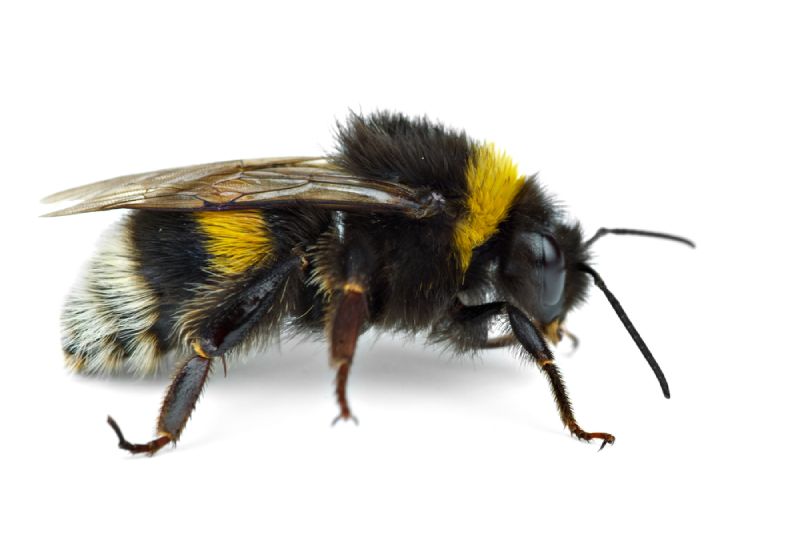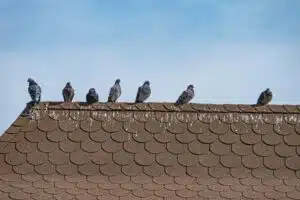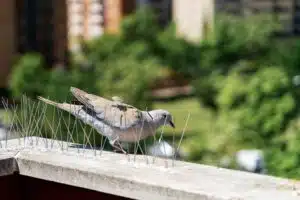During the summer period of each year, the pest type many homeowners are most worried about is the stinging insect variety. There are numerous insect types out there that may sting or bite in some circumstances, from common bees to a wide variety of others, and many homeowners – especially those with children – want to prevent these from spending any significant time on the property.
At A-1 Exterminators, our insect control services include a wide variety of stinging insects, which we’ll help you identify, remove and prevent as needed. There are several factors that help you tell these insects apart, from their appearance and habits to nesting types and many others. In this two-part blog, we’ll go over some of the most common stinging insects you may find, plus how to identify them and whether they pose risks to your property or health.
Bumble Bee
Maybe the single most well-known stinging insect is the bumble bee, of which there are almost 40 individual species in North America alone. Bumble bees are generally fuzzy and relatively large, with traditional black and yellow coloring (some also have orange bands).
Bumble bees are not particularly aggressive in most cases, especially while out foraging for food or pollen. However, their nests – which are generally located under patios or decks or within attics and soffits – are areas they protect aggressively, including a willingness to sting if the nest is threatened. Their stings can be painful.
Bumble bees, wherever possible, should be relocated rather than killed, as they are a major pollinator and play a big role in your local ecosystem.
Honey Bee Varieties
The honey bee, plus as the Africanized honey bee or the “killer bee,” are varieties of species that came into North America in the 1600s. These are smaller and more aggressive bees than bumble bees, particularly the Africanized version, which have been known to chase people up to a quarter-mile while attempting to sting them.
These bees tend to live in unique areas like tires, tree limbs, mailboxes and flowerpots, but can nest in several other areas of your yard as well. Their stings may come with pain and swelling, or some more significant reactions in some cases.
Yellowjacket
The yellowjacket is a broad name for several species of stinging insects with a yellow and black head, plus a patterned abdomen. Yellowjacket nets are often found close to humans both above and below ground, and these insects can venture hundreds of feet away from them. They have a smooth stinger and are able to sting repeatedly when attacking, plus will sting if they feel threatened. Any nest discovered should lead to a call to our exterminators.
Bald-Faced Hornet
This insect has a mostly black color with a white face, living in smaller colonies and mostly active during the day. The bald-faced hornet’s nest is highly distinctive, built in paper form at least three feet off the ground and often found in trees, shrubs, overhangs and other above-ground areas. These hornets are aggressive and will attack anyone who enters their territory, and can sting several times. Their stings come with pain, itching and swelling for 24 hours in most cases.
For more on common identifiers of stinging insects, or to learn about any of our exterminator or pest control services, speak to the staff at A-1 Exterminators today.



